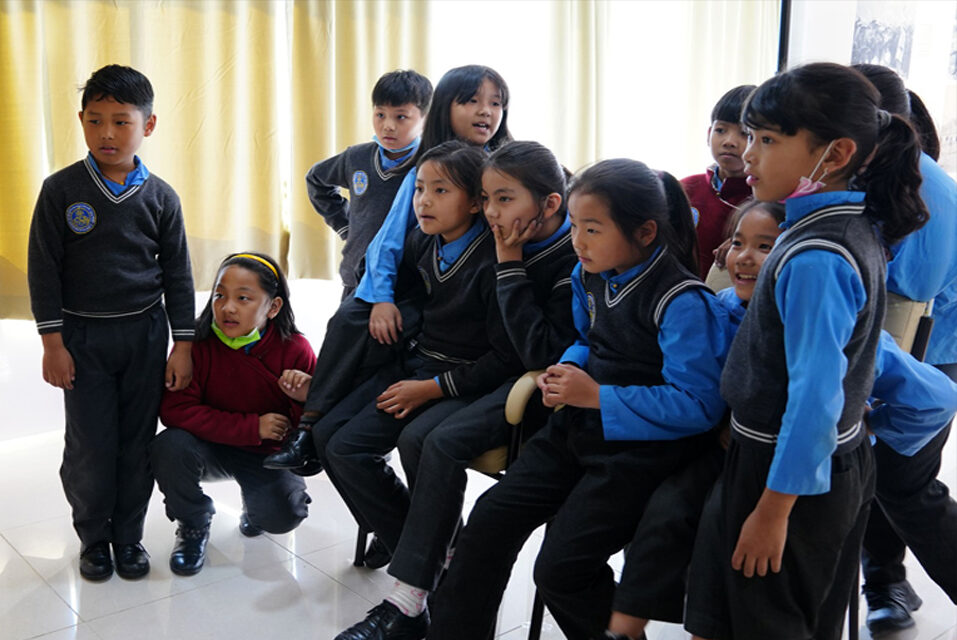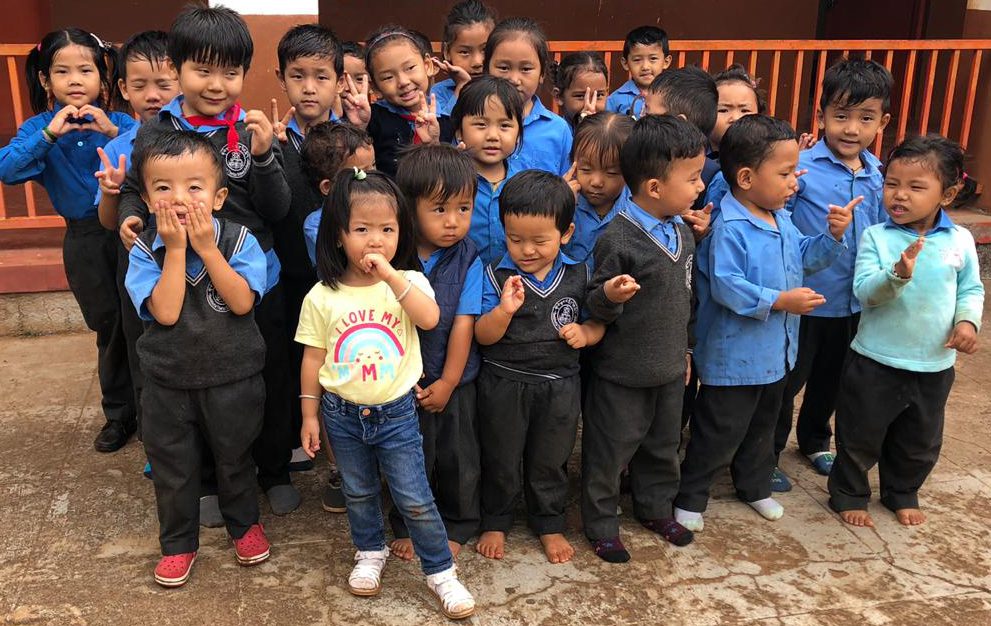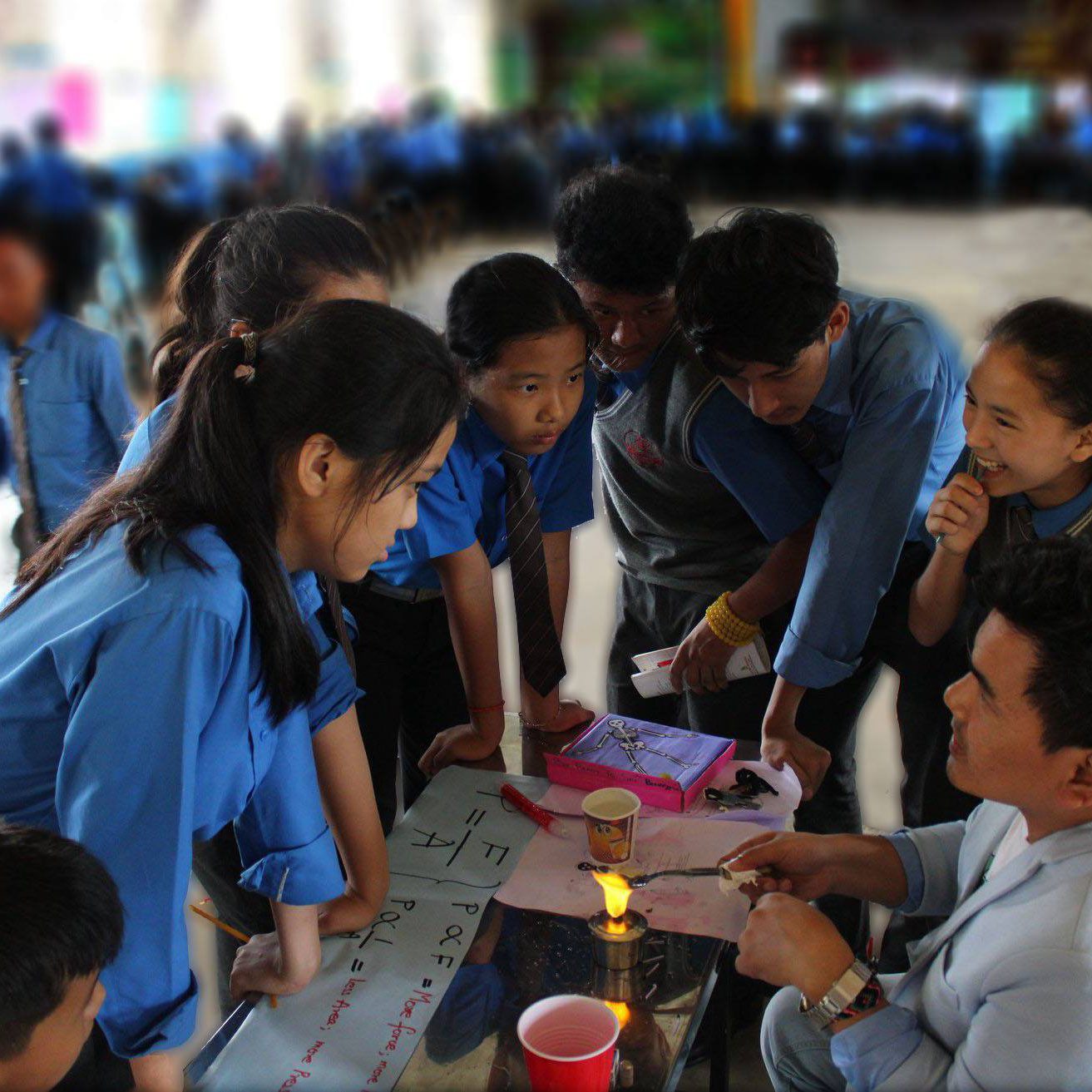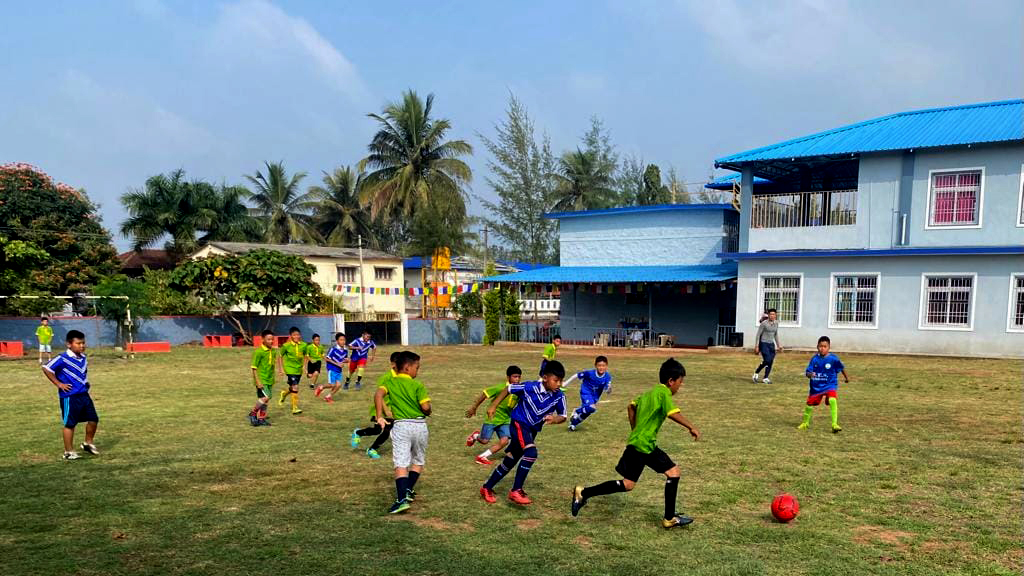About STSS
H.P. Societies Registration Act 2006
(Act No. XXV of 2006)
Registration No. 420/2006
ORGANIZATIONAL CHART OF STSS HQ Historical Background: Exile Tibetan School Education
Since the Chinese occupation of Tibet in 1959 and subsequent arrival of thousands of Tibetans as refugees in India, Nepal and Bhutan, one of the most urgent tasks before the Tibetan government in exile was to take care of and provide education to the children; many of whom had lost their parents either due to invasion by the Chinese or died during the flight through the Himalayas. H.H. the Dalai Lama approached the then Prime Minister of India Pandit Jawaharlal Nehru to seek his help in giving proper education to the Tibetan children. The Prime Minister established Tibetan Refugee Schools Society, which was later renamed Central Tibetan Schools Administration, to manage and assist schools in India for education of the children of Tibetan refugees. As a result a number of Central schools were started for the education of the Tibetan children. Nursery for Tibetan Refugee Children was started by the elder sister of H.H. the Dalai Lama to take care of orphaned and destitute children. The nursery was later on converted to school and renamed as Tibetan Children’s Village (TCV) to provide education to the children. There are seventeen schools and two vocational training centers run by the TCV. Tibetan Homes Foundation, Mussoorie, India and Snowlion Foundation, Kathmandu, Nepal have also been providing education to the Tibetan children, in and around their respective areas. Today most of the Tibetan schools in the Tibetan settlements are functioning under the above four organizations.
There are Tibetan settlements, which are remote and far flung from the mainstream Tibetan community. Many Tibetans have also resettled to small towns as they provided better opportunities for their livelihood. Children of such parents were deprived of school to learn Tibetan language and familiarize themselves with Tibetan culture. Tibetan local bodies, in such places, have started schools on their own initiative. However, they failed to maintain the initial zeal and tempo to run and manage them. The schools were handed over to the Department of Education (DoE) for their sustenance and management. Over the years, the number of such schools, which were directly managed by the DOE steadily increased to 19 at the time of formation of Sambhota Tibetan Schools Society. The DOE is the apex body which has the mandate to give guidance and oversee the education of the entire Tibetan community in exile. Managing a group of schools directly by the DOE has led to misunderstanding among a section of the public as well as compromising its core responsibility. The DOE, after consultation with the Kashag and many experts, issued a five-point guidelines on 16th May 1999 for starting a new organization that would manage the schools which were erstwhile managed directly by the DoE. The founding Governing Body was constituted which has the following members:
Chairman: Kalon for Education, Department of Education, CTA, Dharamsala.
Vice Chairman: Secretary, Department of Education, CTA, Dharamsala.
Member: Director, Library of Tibetan Works & Archives, Dharamsala.
Member: Principal, College of Higher Tibetan Studies (CHTS), Sarah.
Member: President, Tibetan Children’s Village, Head Office, Dharamsala.
Member: General Secretary, Tibetan Homes Foundation, Happy valley, Mussoorie.
Member Secretary: Director, Sambhota Tibetan Schools Society.
On 16th June, 1999, exactly one month after the issuance of the five-point directive guidelines by the DOE, the Head office of the SAMBHOTA TIBETAN SCHOOLS SOCIETY was formally established to provide education, facility, administrative guidance etc. to the schools which were then incorporated as member schools. After assessing economic viability and feasibility of the schools some of them were closed down and students of such schools were admitted in other schools. Today there are 56 schools which are under the organization.
VISION
To develop the minds of children in a manner that they regain their originality and unfold their basic human potential in goodness through awakening of intelligence. To attain supreme freedom through dispelling ignorance and awakening wisdom combined with compassion for a blissful and holistic life.
MISSION
To awaken and develop the human qualities of wisdom, loving kindness and compassion; their dependent virtues of right view and conduct; and the art of creativity and innovation and to refine human perceptions and sensitivities to initiate independent and valid investigation into phenomenal and ethical spheres, thus enabling the child for the accomplishment of personal, national and universal goals.
GOAL
To enable the students to distinguish right from wrong, and protect FREEDOM of the individual and community by non-violence means.
To enable the students to develop ALTRUISTIC mind to embrace other beings as more precious than the self, and sacrifice the self for the service and welfare of other persons.
To enable the students to preserve the environment & natural heritage for the peaceful SUSTENANCE of this planet and people.
To enable the students to INNOVATE and introduce new principles, systems, objects, movements and so forth in relation to the general well-being of the world and in accordance with the needs of time and place.




